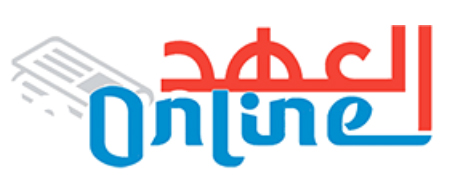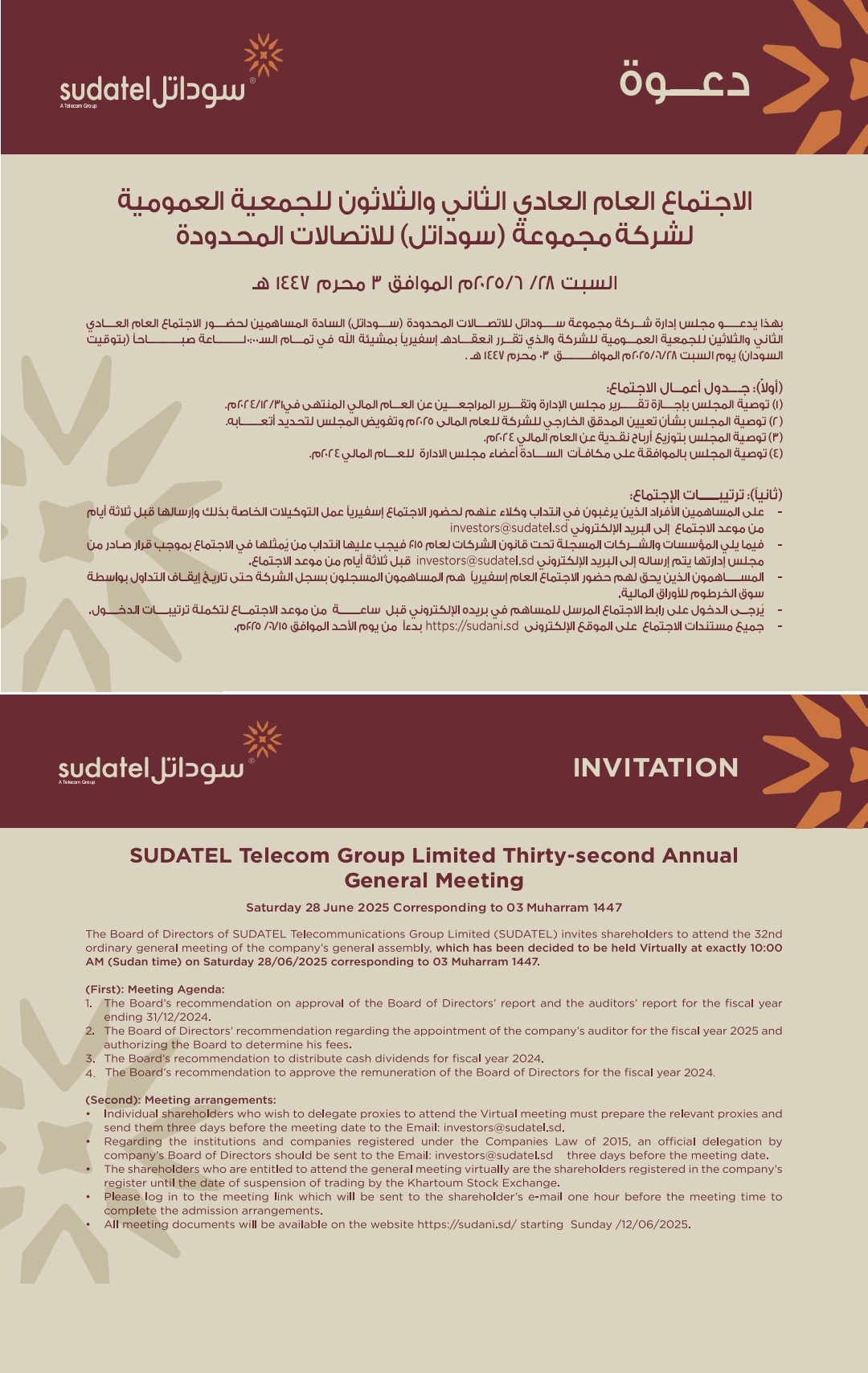د. محمد يوسف قباني يكتب: الكراهية كسلاح ناعم: تحليل استراتيجي لتقنيات بث الفتنة في البيئات الاجتماعية الهشة .. Hate as a Soft Weapon: A Strategic Analysis of Sedition Techniques in Fragile Social Environments.. Dr. Mohamed Elgabbani..

د. محمد يوسف قباني يكتب: الكراهية كسلاح ناعم: تحليل استراتيجي لتقنيات بث الفتنة في البيئات الاجتماعية الهشة ..
Hate as a Soft Weapon: A Strategic Analysis of Sedition Techniques in Fragile Social Environments..
Dr. Mohamed Elgabbani..
في العقود الأخيرة، تحولت الكراهية إلى أداة استراتيجية تُستخدم بشكل منهجي في الصراعات السياسية والاجتماعية والثقافية، وخاصة في البيئات الهشة التي تعاني من ضعف مؤسسات الدولة، وتدهور الاقتصاد، واحتقان الهويات. ففي ظل هذه الأوضاع، تصبح المجتمعات أرضاً خصبة لبث الكراهية وتأجيج الفتن، مما يُسهّل عمليات التفكيك الاجتماعي والانهيار الوطني.
الكراهية هنا لا تأتي على هيئة العنف المادي فقط، بل تتجلى كسلاح “ناعم” يستهدف العقول، ويعيد تشكيل الوعي الجمعي، ويهندس السلوك المجتمعي نحو الانقسام والتناحر.
نطمح من خلال هذه الكلمات إلى تحليل التقنيات المستخدمة في بث الكراهية والفتنة، وتفكيك الخطاب الكاره كأداة استراتيجية، خاصة في البيئات الهشة، مثل الدول التي تشهد حروباً أهلية، أو نزاعات عرقية، أو انهيارات سياسية. كما يسعى الكاتب إلى دراسة هذه الظاهرة من منظور استراتيجي ونفسي وإعلامي، مع إبراز الآثار المترتبة عليها وآليات التصدي لها.
يتسق “السلاح الناعم” عادة بالقوة الناعمة، كالإعلام والثقافة والدبلوماسية العامة، غير أن استخدام الكراهية كأداة ناعمة يعني تسخير المحتوى الرمزي والإعلامي والمجتمعي للتأثير على مشاعر الجماهير وتوجيهها نحو الآخر بوصفه تهديداً يجب مواجهته.
البيئات الهشة (أرض خصبة للكراهية) هي مجتمعات تتسم بضعف الدولة، والانقسامات الإثنية والدينية، وغياب العدالة، وانعدام الثقة في المؤسسات. هذه العوامل تجعلها قابلة للتأثر السريع بخطاب الكراهية، وتتحول فيها المشاعر السلبية إلى عنف فعلي.
ترتكز تقنيات بث الكراهية في البيئات الهشة على مبادئ الحرب النفسية والدعاية الموجهة (البروباغندا)، حيث تُستخدم اللغة، والصور، والرموز، والمقارنات التاريخية بطريقة تسلط الضوء على مظلومية جماعة معينة وتحرضها ضد الأخرى.
يقوم الإعلام الموجه على إعادة تأطير الأحداث (التأطير الإعلامي السلبي (Framing) والوقائع بطريقة تشوه الآخر، وتبرر الكراهية تجاهه، سواء عبر تصويره كعدو تقليدي، أو كخائن، أو كطامع في السلطة والثروة.
من أكثر تقنيات الفتنة فاعلية هي شيطنة مكون داخلي (إنتاج “العدو الداخلي”) واعتباره خطراً وجودياً. في السودان مثلاً، استخدم الخطاب السياسي والإعلامي هذه التقنية لتأجيج الصراع بين مكونات إثنية ومناطقية متعددة.
كما يتم استدعاء الماضي (تضخيم الجراح التاريخية) وإعادة صياغته بطريقة انتقائية لتغذية الأحقاد وإحياء مظلوميات غير معالجة، مما يُعمق الشعور بالضحية ويُبرر السلوك العدواني.
تُبنى الحملات (الاستهداف العاطفي والشحن الرمزي) على مشاعر الخوف، والعار، والغضب، والولاء، وتُستخدم الرموز الدينية أو الوطنية بطريقة انقسامية تحفّز القطيع وتدمر المساحات الرمادية.
يُمارَس التحيز الانتقائي (الانتقائية في تداول المعلومات) بعرض وقائع تخص طرفاً واحداً وتجاهل معاناة الآخر، مما ينتج وعياً منحازاً وسردية مشوهة للواقع، تتيح التبرير اللاواعي للعنف والكراهية.
فهناك بالطبع بعض الآثار الاستراتيجية لبث الكراهية في البيئات الهشة مثل تفكيك النسيج الاجتماعي، الكراهية تُفكك منظومة الثقة الاجتماعية، وتحوّل “الآخر” إلى تهديد دائم، مما يؤدي إلى التباعد المجتمعي والانقسام داخل الحيز الجغرافي الواحد. وكذلك تسهيل السيطرة عبر الانقسام الأنظمة أو القوى التي تغذي الكراهية
تستفيد من تفكيك وحدة المجتمع لتكريس السيطرة على أجزاء منه، سواء عبر القمع أو التحالفات الهشة. أما أخطرها على الإطلاق هو إنتاج دوائر لا نهائية من العنف، وبمجرد دخول خطاب الكراهية إلى الوعي الجمعي، يصعب فصله عن سلوك الناس. إذ يتحول إلى دائرة عنف لا تنتهي، تغذيها الذاكرة الجمعية والانتقام المتبادل. وهذا كله يقود إلى عرقلة المصالحة والعدالة الانتقالية، إن إعادة بناء المجتمعات بعد النزاعات يتطلب تصفية خطاب الكراهية. لكن في حال ترسخه، يصبح تحقيق العدالة الانتقالية والمصالحة أمراً شبه مستحيل.
من يقف خلف هذه التقنيات؟ (الفاعلون والاستراتيجيات).. إنها الأنظمة السياسية الضعيفة أو الشمولية، فهي تستغل الكراهية لصناعة عدو مشترك يُخفي فشلها في التنمية أو الإدارة، أو لتبرير انتهاك الحقوق باسم الأمن القومي. ويعقبها النخب السياسية والإثنية، إذ تستخدم النخب الانقسامية هذا السلاح لتحقيق مكاسب انتخابية أو اقتصادية أو سلطوية على حساب الانسجام الوطني. ويتم ذلك عبر آليات الإعلام المؤدلجة، حيث تلعب القنوات والصفحات والمجموعات
الإعلامية دوراً أساسياً في صناعة المحتوى الكاره وترويجه، خاصة في ظل غياب الرقابة، ولصالح قوى خارجية ومصالح جيوسياسية، فقد تكون هناك تدخلات خارجية تستغل هشاشة المجتمعات لزرع الفتن، خدمةً لمصالحها أو لضمان استمرار حالة “اللادولة” في مناطق معينة.
ما هو دور المجتمعات السودانية الواعية؟ استراتيجيات المواجهة المجتمعية..
1. بناء الوعي النقدي والإعلامي عبر إدماج التربية الإعلامية والوعي النقدي في المناهج التعليمية والمنصات المجتمعية يحد من تأثير خطابات الفتنة.
2. العمل لدعم الإعلام المستقل والمسؤول، فالاستثمار في إعلام مهني لا يتورط في الاستقطاب، بل يسعى للمساءلة، وتمثيل الجميع، ومداواة الجراح التاريخية لأمر جدير بالاهتمام.
3. تعزيز منصات السرديات المشتركة لايجاد مساحات حوارية تستعيد الذاكرة الجماعية بشكل متوازن، وتُعيد تشكيل الانتساب والمواطنة القائمة على التعددية لا الإقصاء.
4. تفعيل التدخلات النفسية والاجتماعية عبر برامج الدعم النفسي المجتمعي التي تلعب دوراً في تفكيك عقد الكراهية، خاصة لدى الأطفال واليافعين المتأثرين بخطاب التحريض.
5. تمكين المجتمعات من أدوات السرد المضاد، وهذا هو أحسن الاسترتيجيات، يجب تمكين الناس من إنتاج مضامين (تراحمية) مضادة للكراهية، تُظهر المشتركات، وتؤسس لرؤية جامعة تتجاوز حدود القبيلة أو الطائفة أو الجهة.
إن الكراهية كسلاح ناعم تشكّل أخطر أدوات التفتيت في البيئات الهشة السودانية. فهي لا تفتك بالجسد فقط، بل بالعقل والذاكرة والمواطنة. ومع أنها لا تترك أثراً مادياً مباشراً كالسلاح التقليدي، إلا أن نتائجها أكثر عمقاً وأطول أمداً. إن التصدي لهذا السلاح يتطلب استراتيجيات متكاملة تشمل التعليم والإعلام والسياسات العامة، وتستلزم من الفاعلين في المجتمع ودولة ومجتمع مدني وأكاديميين ومواطنين من إعادة النظر في آليات الخطاب والبناء المجتمعي. إن حماية المجتمعات من الكراهية لا تكون بمنع الكلام فقط، بل بإعادة صياغته ليصبح أداة للبناء لا للهدم.
In recent decades, hatred has become a strategic tool systematically used in political, social, and cultural conflicts, particularly in fragile environments plagued by weak state institutions, economic decline, and fragmented identities. In these conditions, communities become fertile ground for the spread of hatred and the provocation of conflict, facilitating social disintegration and national collapse.
Here, hatred does not only take the form of physical violence; it also manifests as a “soft” weapon that targets minds, reshapes collective consciousness, and engineeres (reshaping) societal behavior toward division and conflict.
Through these words, the writer aims to analyze the techniques used to spread hatred and conflict, and to deconstruct hateful discourse as a strategic tool,
particularly in fragile environments, such as countries experiencing civil wars, ethnic conflicts, or political collapse. The writer also seeks to study this phenomenon from a strategic, psychological, and media perspective, highlighting its implications and mechanisms for addressing it. “Soft weapons” are typically associated with soft power, such as media, culture, and public diplomacy. However, using hatred as a soft tool involves harnessing symbolic, media, and societal content to influence public
sentiment and direct it toward the other as a threat that must be confronted.
Fragile environments (fertile ground for hatred) are communities characterized by weak states, ethnic and religious divisions, a lack of justice, and a lack of trust in institutions. These factors make them highly susceptible to hate speech, and negative sentiments can transform into actual violence.
Hate-mongering techniques in fragile environments are based on the principles of psychological warfare and targeted propaganda, using language, images, symbols, and historical comparisons to highlight the victimization of a particular group and incite it against others.
Targeted media reframes events (negative framing) and facts in a way that distorts the other and justifies hatred toward them, whether by portraying them as a traditional enemy, a traitor, or someone greedy for power and wealth.
One of the most effective techniques of sedition is demonizing an internal component (creating the “internal enemy”) and viewing it as an existential threat. In Sudan, for example, political and media discourse has used this technique to fuel conflict between various ethnic and regional components.
The past is also invoked (exaggerating historical wounds) and selectively reframed to fuel resentment and revive unaddressed grievances, deepening feelings of victimhood and justifying aggressive behavior.
Campaigns (emotional targeting and symbolic charging) are built on feelings of fear, shame, anger, and loyalty, and religious or national symbols are used in a conflict-ridden manner that provokes the common people and destroys gray areas.
Selective bias (the selectivity of information circulation) is practiced by presenting facts that concern one side while ignoring the suffering of the other, producing a biased consciousness and a distorted narrative of reality, enabling the unconscious
justification of violence and hatred. There are, of course, some strategic effects of spreading hatred in fragile environments, such as dismantling the social fabric. Hatred dismantles the system of social trust and transforms the “other” into a constant threat, leading to societal estrangement and division within a single geographic space. It also facilitates control through division. Regimes or forces that foster hatred benefit from the dismantling of societal unity to consolidate control over
parts of it, whether through repression or fragile alliances. The most dangerous of all is the production of endless cycles of violence. Once hate speech enters the collective consciousness, it is difficult to separate it from people’s behavior. It turns into an endless cycle of violence, fueled by collective memory and mutual retaliation. All of this leads to the obstruction of reconciliation and transitional justice. Rebuilding societies after conflict requires eliminating hate speech. However, once it becomes entrenched, achieving transitional justice and reconciliation becomes almost impossible.
Who is behind these techniques? (The actors and strategies)… They are weak or totalitarian political regimes. They exploit hatred to create a common enemy that conceals their failures in development or governance, or to justify rights violations in the name of national security. Political and ethnic elites follow, using this weapon of divisiveness to achieve electoral, economic, or authoritarian gains at the expense of national cohesion. This is accomplished through ideological media mechanisms, where channels, pages, and media groups play a key role in creating and promoting hateful content, especially in the absence of
oversight and for the benefit of external powers and geopolitical interests. Foreign interventions may also exploit the fragility of communities to sow discord, either to further their own interests or to ensure the continuation of the “non-state” state in certain regions.
What is the role of conscious Sudanese communities? The Community Confrontation Strategies…
1. Building critical and media awareness by integrating media literacy and critical awareness into educational curricula and community platforms reduces the impact of conflict-ridden discourse/speech.
2. Working to support independent and responsible media. Investing in professional media that doesn’t engage in polarization, but rather seeks accountability, representation, and the healing of historical wounds, is a matter of great importance.
3. Strengthening platforms for shared narratives to create dialogue spaces that restore collective memory in a balanced manner and reshape belonging and citizenship based on pluralism, not exclusion.
4. Activating psychological and social interventions through community psychological support programs that play a role in dismantling hatred complexes, especially among children and adolescents affected by provocation discourse/speech.
5. Empowering communities with counter-narrative tools. This is the best strategy. People must be empowered to produce (compassionate) content that counters hatred, highlights commonalities, and establishes a unifying vision that transcends tribal, sectarian, or regional boundaries.
Hatred, as a soft weapon, constitutes the most dangerous tool of fragmentation in fragile Sudanese environments. It not only destroys the body, but also the mind, memory, and citizenship. Although it does not leave a direct physical impact like conventional weapons, its consequences are deeper and longer-lasting. Confronting this weapon requires integrated strategies that include education, media, and public policies. It requires societal actors: the
state, civil society, academics, and citizens to reconsider the mechanisms of discourse and community building. Protecting societies from hatred does not only require prohibiting speech or talking, but rather reframing it to become a tool for construction, not destruction.









